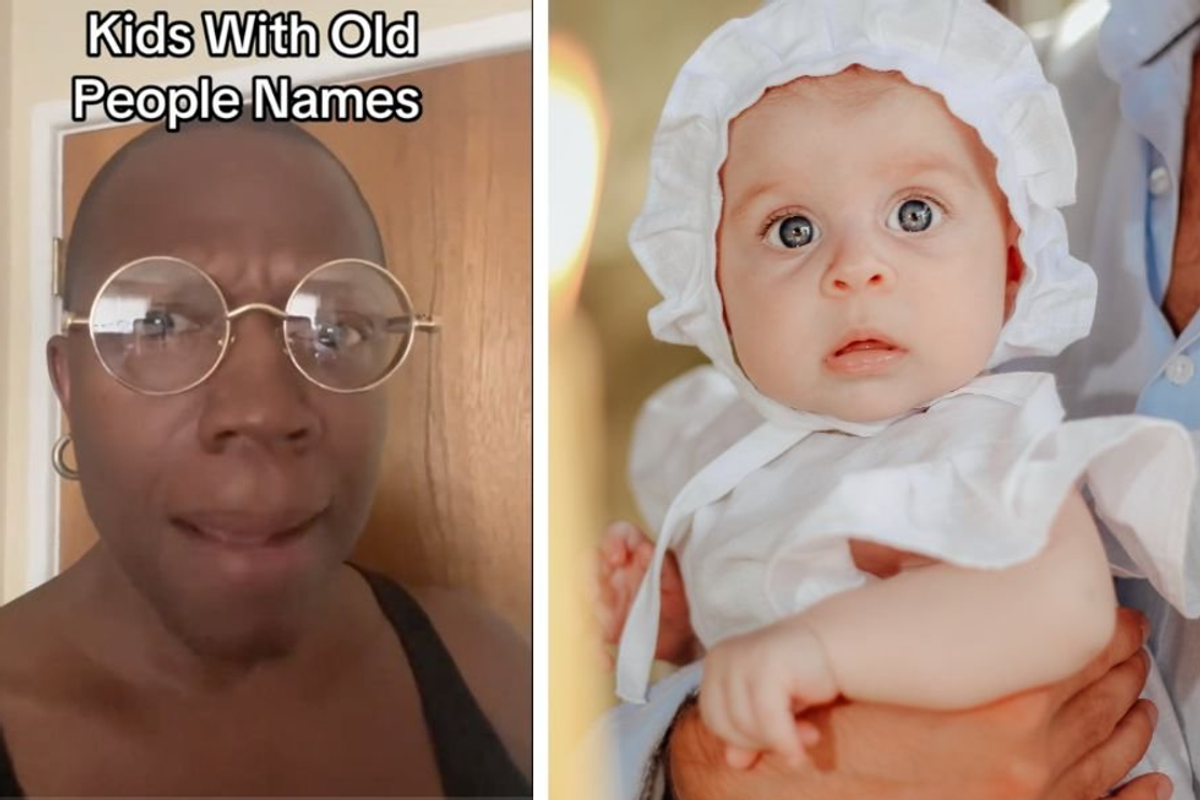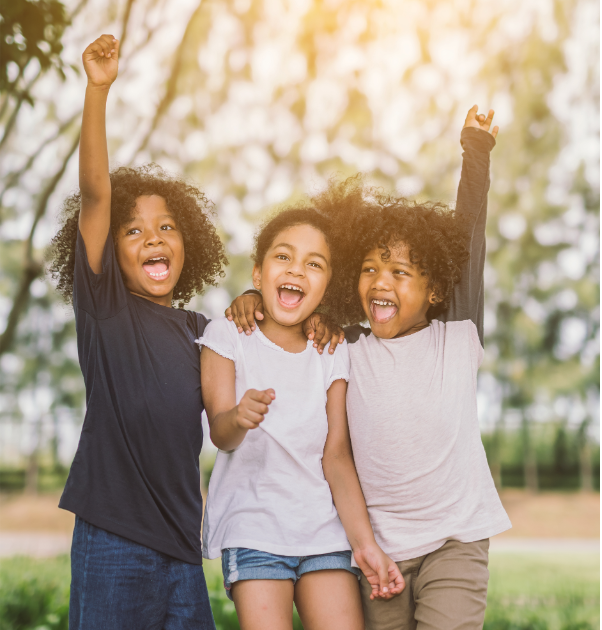Americans share the top 13 things foreigners should avoid when visiting the U.S.
Sorry, but you can't drive from New York to LA.

An ambulance, a Waffle House and an angry bison.
While the United States is undeniably one of the most culturally dominant countries in the world, its depth and complexity go far beyond what most people understand before seeing it for themselves.
The U.S. is a melting pot of diverse cultures, histories and landscapes, creating a rich and complex national tapestry that takes time and travel to truly comprehend. Heck, even Americans ourselves have a hard time understanding each other from time to time.
It's a place where every state can feel like its own little world, each with its own traditions, accents and cuisines. So, it’s understandable that when many people from around the world visit for the first time, there are some things they probably wished they had known ahead of time.
To help people better understand America’s unique quirks, a Reddit user named AlainasBoyfriend asked the online forum, “What should a foreigner avoid while visiting the United States?” While it’s reasonable to assume the comments would be about avoiding dangerous neighborhoods or tourist traps, the conversation was a lot more positive. It was centered around the vastness of the U.S. geography and the regional differences that people from another country may not expect.
The big takeaway is that America is a huge place where our states can be as different as most countries. Any place with regions as diverse as Hawaii, Oklahoma, Alaska and New York will be hard for most people to grasp on the first visit.
Here are the 13 things foreigners should “avoid” when visiting the U.S.
1. Watch for wildlife
"If you go to the national parks, don’t attempt to take selfies with the wildlife. A full grown bison will throw you through the air like a crumpled piece of paper." — Juergen2993
"I want to really emphasize this. There are US Park Rangers who are full-time employees of the National Park Service. Their job is to protect the park, the wildlife, and visitors. Take the posted signs seriously and listen and do what rangers advise. Yearly, a dozen or so people die in the Grand Canyon National Park, often tourists who go hiking without enough water or food and are not aware of how treacherous the terrain and weather can be. Same for Big Bend NP in Texas." — aaby-rose
2. Don't underestimate the 'rural-ness'
"If you are visiting a more rural area, like Montana where I live, don't underestimate the rural-ness. You might not be able to get a hotel in a small town and there are plenty of places where there aren't any hotels or accommodations. You can take the highway and run out of gas because there aren't any gas stations for 70 miles. Also, if it is a dirt road, and there are a lot of them in the rural U.S., don't ever assume that you will have cell/GPS reception or that the dirt road goes anywhere besides 50 miles into the mountains where you can get stuck or break down." — Violet624
3. America is huge
"The flight from London to New York is only about an hour longer than the flight from New York to Seattle." — UnspecificGravity
"And we don’t have any kind of sensible train infrastructure connecting cities." — NobodyCool1234
4. You can't drive from NY to LA
"We had an exchange student from France staying with us (NY). One day, we saw her with a map of the US, said she was going to take a bus to California because she had heard so much about it on television. We had to sit down and explain it was going to take a week, each way." — MedicinalTequila
"Lol I have some German friends who flew into Texas and wanted to make a day trip to Los Angeles during the week they were in the US. After that first trip, they planned much better and now visit the country by regions and give themselves more time." — MarbleousMel
5. Give us space
"I find a lot of foreigners have about 2 1/2 inches of a personal space bubble, while us Americans value our space. Keep at least a 2-3 feet distance when conversing with strangers. I've had an Italian guy come so close I thought he was going to kiss me. Very uncomfortable for someone who isn't used to a lack of personal space." — MasterPip
6. Forget the stereotypes
"Leave all your stereotypes about America home, it's a hugely diverse country and your experience in one part of the US will be very different to your experience in another. Keep an open mind and have fun." — Zerbey
"But.. Murica!!! Seriously I try to get this across to people. The United States is not one place. Or even 50 places. It’s huge and a cultural melting pot like no other. There is absolutely no way to stereotype 'America.' Remember guys, Hawaii, Florida, New York, Alaska and Oklahoma, etc, are vastly different places. And they’re all their own unique thing, different from the next state over." — BlueIsBlackbird
7. Don't travel with pot
"Taking weed across state lines. It’s not legal everywhere." — Gromit801
8. Avoid the chains
"Don't go to the big chain-type places. Go to the mom-and-pop little restaurants and coffee shops and specialty shops. You will usually find new cool things you enjoy." — Election Proper8172
"To add to this: FOOD TRUCKS!!!" — OpeusPopeus
9. Avoid sensitive topics
"When visiting the U.S., it's best to avoid discussing sensitive topics like politics and religion with strangers, even if they bring it up." — Vexina1997
"I'm a huge fan of Bill Burr's catch-all non-committal response: 'Hey, fair enough!' You just say, 'Hey, fair enough' to any baiting comment." — Heretic Jones
10. Be sure to tip
"Generally, you should tip at sit-down restaurants with full service (ie waiter comes and takes your order, brings food, refills drinks and clears your dishes). At these places, traditionally the minimum is 15%, but most people I know tip closer to 20% standard." — Heliawe
11. Don't get the large
"Ordering a large at a restaurant, or especially a movie theater. I don't care how hungry you think you are, you will not eat/drink it all in one sitting." — Amazing_Excuse_3860
12. Buy travel insurance
"Medical travel insurance that goes into the 7 digits. Someone from my country had the misfortune of having a stroke in the USA. 150k+ in expenses. When I went there it was my number 1 concern: getting insurance." — N0t_N1k3L
"Underrated comment. You can run, but hospital debt might find you unable to return. Use a fake name. Get a fake name and a story ready now. You do not speak English nor any modern language. When discharged, run. This also applies if you have health insurance." — univ06
"Avoid a hospital visit. Whatever you think it costs, it’s more." — pug_fugly_moe
13. Be careful around police
"Don't interact with the police unless you absolutely need to." — Snackdoc189
"If you didn't call them, don't talk to them, at all." — Shastadakota
"Yeah they're honestly not there to help you, and some will be annoyed if you ask for so much as directions." — Honestnt
- One person has crowdsourced the very best life advice from over 20 million people online ›
- The 'Best Undocumented Golfer in America' is living proof of how immigrants make America a better place ›
- Tired of 'hacks?' Here are 20 of the best life tips sourced from 21.9 million real people. ›
- How to spot an American tourist ›



 Worried mother and children during the Great Depression era. Photo by Dorthea Lange via Library of Congress
Worried mother and children during the Great Depression era. Photo by Dorthea Lange via Library of Congress  A mother reflects with her children during the Great Depression. Photo by Dorthea Lange via Library of Congress
A mother reflects with her children during the Great Depression. Photo by Dorthea Lange via Library of Congress  Families on the move suffered enormous hardships during The Great Depression.Photo by Dorthea Lange via Library of Congress
Families on the move suffered enormous hardships during The Great Depression.Photo by Dorthea Lange via Library of Congress

 Millennial mom struggles to organize her son's room.Image via Canva/fotostorm
Millennial mom struggles to organize her son's room.Image via Canva/fotostorm Boomer grandparents have a video call with grandkids.Image via Canva/Tima Miroshnichenko
Boomer grandparents have a video call with grandkids.Image via Canva/Tima Miroshnichenko
 Classic Film GIF
Classic Film GIF  Oh nothing, just Edyth, Arthur, and Iris hanging out at the park.
Oh nothing, just Edyth, Arthur, and Iris hanging out at the park.
 It helps that Golden Retrievers are notoriously friendly. Photo by
It helps that Golden Retrievers are notoriously friendly. Photo by